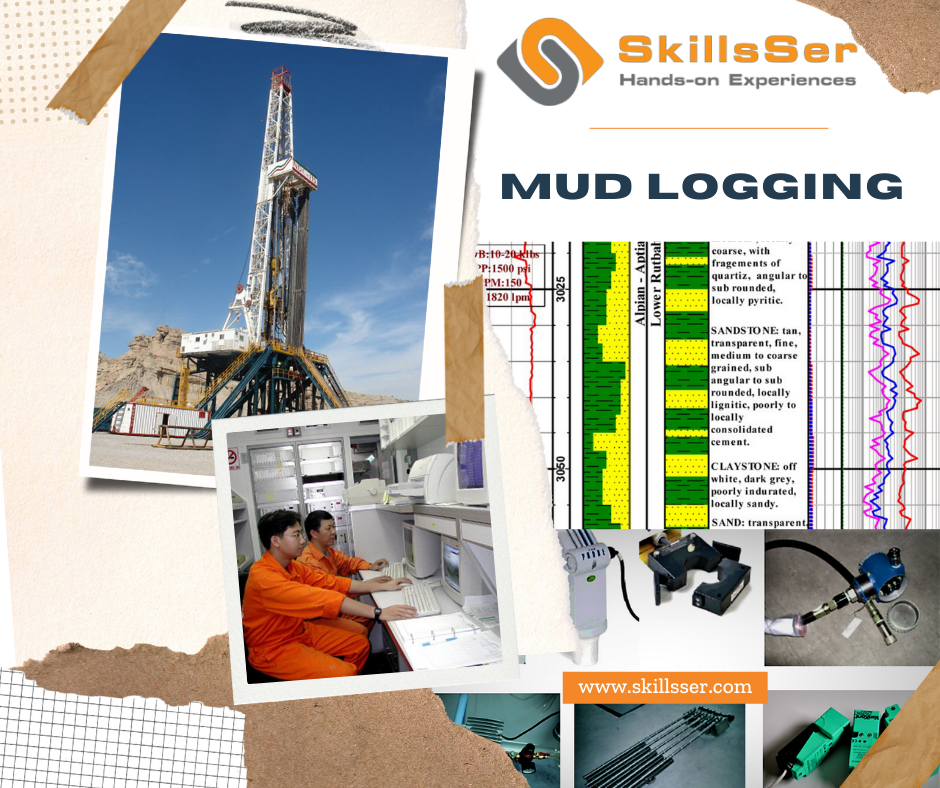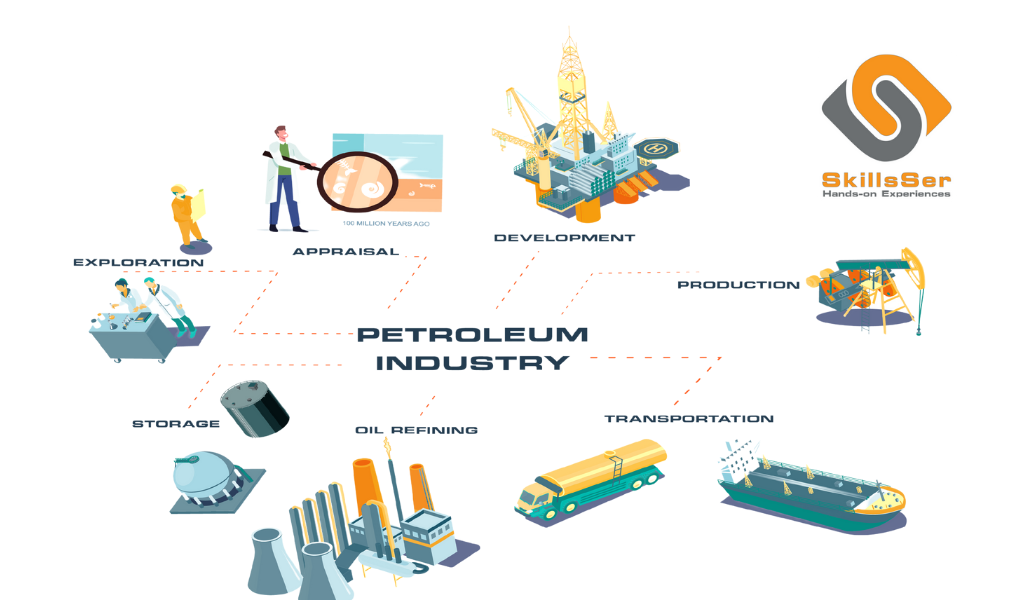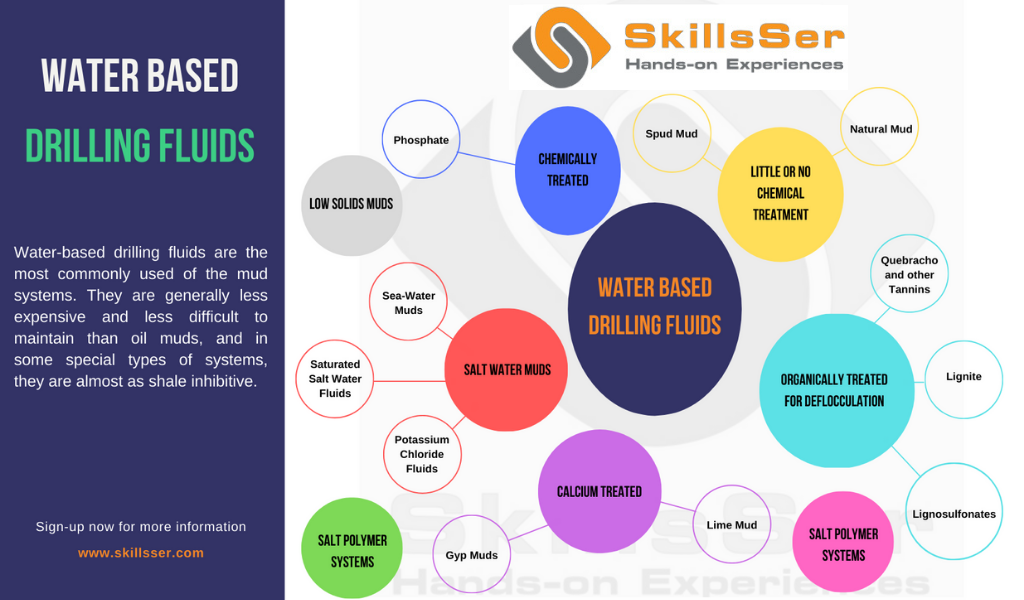Mud Logging Data Acquisition

Some of the best tips for oil and gas well drilling experts:
“Listening and listening well well during drilling reduces a large proportion of the associated and expected problems”
Mud Logging is one of the most significant strategies for listening to wells during various drilling operations since it is regarded as the black box for all that goes on and happens from various operations.
It collects rock samples and drilling products that come to the surface and precisely captures all data and operations to build a complete detailed record of everything that happens in the subsurface.
Mud Logging Definition
Mud logging: is a service that qualitatively and quantitatively obtains data from, and makes observations of,
1- Drilled rocks,
2- Drilling fluids and
3- Drilling parameters
The mud logging unit is the information center on the rig site to serve both exploration and drilling departments.
Mud Logging General Purposes
Mud logging has many basic goals: it identifies potentially productive hydrocarbon-bearing formations, it identifies marker or correlatability geological formations, and it provides data to the driller that allows for safe and cost-effective operations. The following are some of the actions taken to achieve these goals:
- Drill cuttings are being collected.
- Describe the cuts in detail.
- Interpreting the described cuttings (lithology).
- Estimating drilled formation parameters such as porosity and permeability.
- Maintaining and monitoring sensing equipment linked to drilling and safety.

- Calculating the drilled formation’s pore pressure.
- Hydrocarbons released from drilled formations are collected, monitored, and evaluated.
- evaluating the production potential of hydrocarbon-bearing formations
- Keeping track of the drilling parameters.
Mud Logging Equipment
A- Drilled rocks tools
- Sample bags, envelopes, and containers.

- Sieve and Scoops.
- Scientific Microscope.
- Sample trays, cut test dishes, probes, tweezers.
- Electric Oven.
- Ultraviolet lightbox.
- Testing chemicals in dropping bottles.
- Calcimeter.
B- Drilling fluid sensors
- Mud Pits Level sensor
- Mud Weight (density) & Temperature in and out from the hole.
- Mud conductivity (resistivity) in and out from the hole.
- Mud Pump speed.

- Mud Flow Rate.
- Gas Detectors
- Hydrocarbon Analyzer.
C- Drilling Parameters sensors
- Hook-load.
- Standpipe pressure & Casing pressure.
- Draw work Sensor ( Depth Counter) – (ROP).
- Rotary torque.
D- Other Tools
- Computers
- Printers
- Stationary tools.
- Cleaning tools.
- Safety equipment.
Mud Logging Unit Crew
MUD LOGGING UNIT CAPTAIN
The Unit captain is the senior mud logging engineer on the location. He has primary responsibility for the maintenance, management, and provision of service by the logging unit, its equipment, and personnel to the client.
MUD LOGGER
He is responsible for the maintenance and correct operation of the equipment supplied to provide the service. He is responsible for the collation and presentation of the information monitored in accordance with company standard procedures and customer requirements to ensure a high-quality service.
SAMPLE CATCHER
Wash and screen samples, divide them into correct portions and pack them by sets for the Client, partners, and trade.
The Mud Log
Information gathered by the mud logging crew is first recorded on the datasheet and then plotted onto a mud log form.

Each mudlogger is responsible for plotting the data acquired during his shift.
The mud log must be recorded in a standard format to allow valid correlation from well to well this standard format is called (Mud Log Form)






